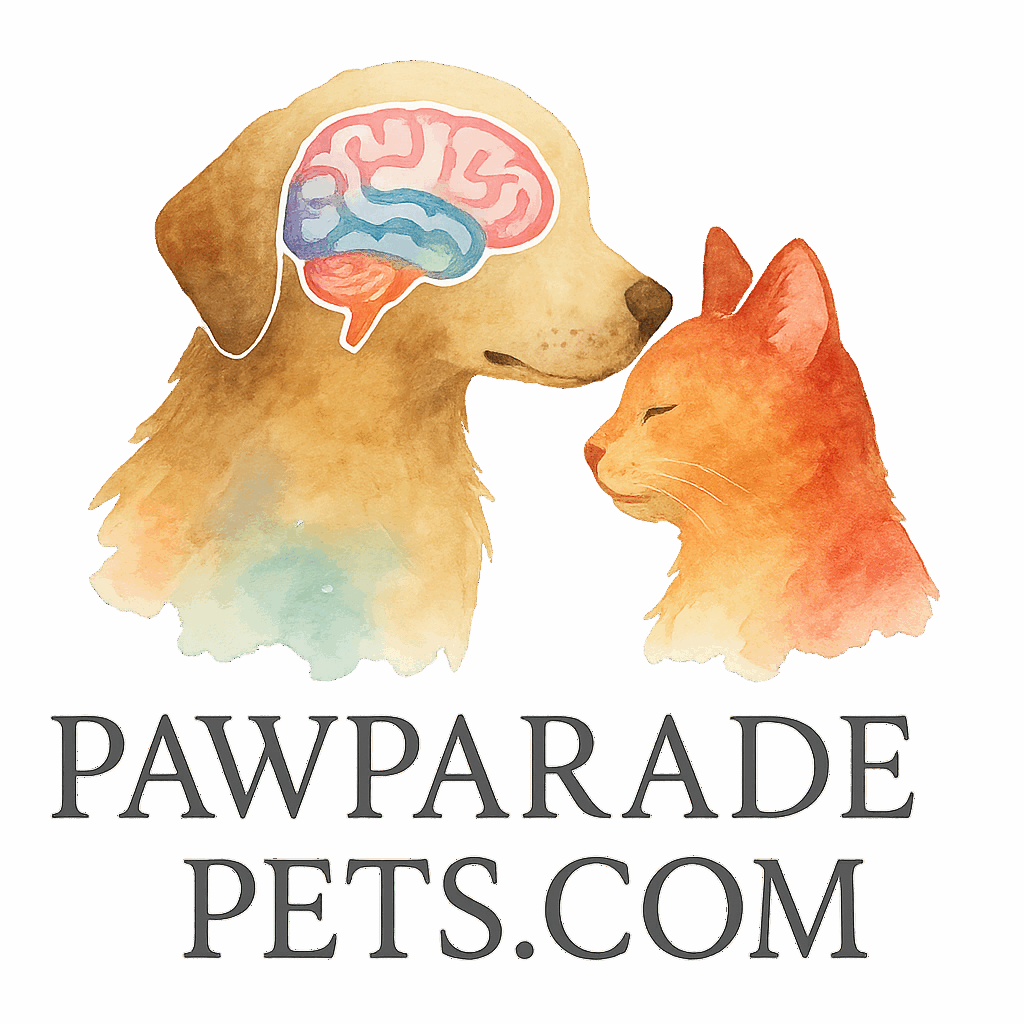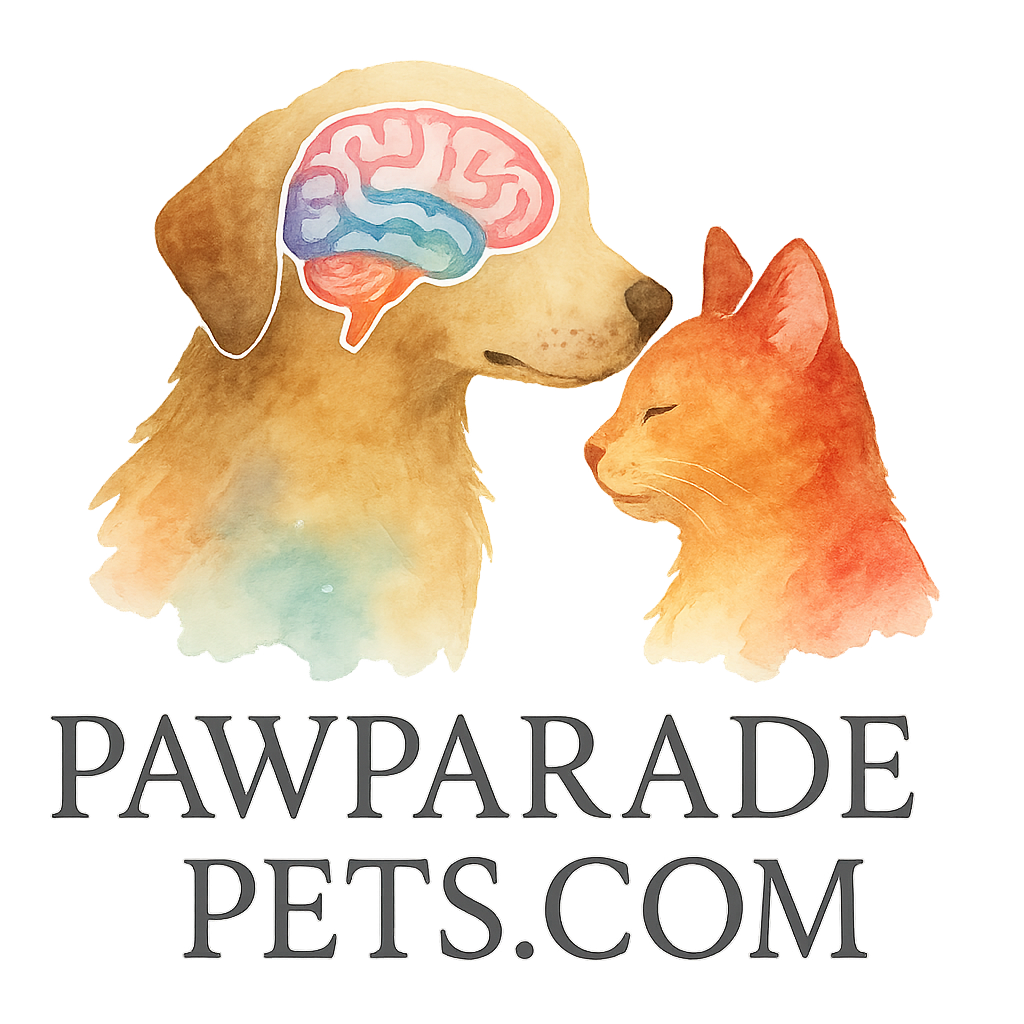Introduction
If you’ve ever looked at your pet and thought, “Wow, they’re so smart—maybe even smarter than me sometimes,” you’re not alone. Pets, just like humans, thrive when their brains are challenged. That’s where interactive games come in—they’re not just fun, they’re a powerhouse for brain training for pets.
In this guide, we’ll dive into six proven interactive games that stimulate your furry friend’s mind, reduce boredom, and strengthen your bond. Whether you’ve got a clever pup or a curious kitty, these games will take their mental skills to the next level.
Why Brain Training for Pets Matters
The Science Behind Pet Cognitive Development
Pets are naturally curious. Dogs and cats, in particular, evolved with strong problem-solving skills to survive in the wild. While they might not need to hunt for survival anymore, their brains still crave stimulation. Without it, they can become bored, destructive, or even anxious.
Studies show that pets engaged in brain training basics learn faster, behave better, and enjoy longer, healthier lives.
Benefits of Brain Training for Pets
- Improved obedience – Games reinforce training commands.
- Better behavior – A busy mind is less likely to get into trouble.
- Emotional balance – Pets get a natural “mental workout high.”
- Enhanced bonding – Working together builds trust and closeness.
If you want to learn more about how structured play impacts your pet’s life, check out the benefits of brain stimulation.
How Interactive Games Boost Mental Stimulation
Engagement vs. Boredom
Think about how humans get restless without challenges—your pet feels the same. Interactive games act like crossword puzzles for pets, keeping them sharp and focused.
Bonding Through Play
Games aren’t just about mental workouts. They strengthen your emotional connection. Every “good boy” or “good girl” paired with a fun challenge turns into a memory your pet won’t forget.
Game 1: Puzzle Toys for Pets
Types of Puzzle Toys
Puzzle toys come in different shapes and complexity levels. Some require pushing sliders to reveal treats, while others demand rolling or flipping objects. Popular examples include food-dispensing balls, interactive boards, and even high-tech smart toys.
For inspiration, browse through tools and toys for brain training to find the perfect match.
How Puzzle Toys Enhance Problem-Solving
Puzzle toys activate your pet’s problem-solving instincts. They teach patience, persistence, and strategy—plus, your furry friend gets a tasty reward for their effort.
Game 2: Hide and Seek with Treats
Step-by-Step Guide to Play
- Show your pet their favorite treat.
- Ask them to stay (or gently distract them).
- Hide the treat under a cup, blanket, or behind furniture.
- Release them with a cue like “Find it!”
- Reward them with praise when they succeed.
Why It Works for Brain Training
This game taps into your pet’s natural foraging instincts while reinforcing obedience commands. It’s a simple yet powerful way to keep their brains active.
Want more activity ideas? Check out games and activities.
Game 3: Obedience-Based Games
“Find It” Command
This game builds on obedience training while providing mental stimulation. Hide toys or treats and use the “Find it” command, rewarding your pet when they succeed.
Explore more on behavior and obedience to maximize results.
Interactive Fetch Variations
Instead of traditional fetch, try adding twists:
- Hide the ball before throwing.
- Toss multiple toys and ask your dog to bring back the right one.
- Introduce commands like “left” or “right” during play.
This transforms a physical game into a cognitive workout.

Game 4: DIY Snuffle Mats and Foraging Activities
Building a Snuffle Mat at Home
A snuffle mat is a fabric mat with lots of folds where you can hide treats. Pets love digging their noses through the mat to “hunt” for food. You can make one at home using fleece strips and a rubber mat base.
Cognitive Benefits of Foraging
Foraging mimics natural hunting behaviors, stimulating both the nose and brain. It encourages patience, persistence, and problem-solving.
Want more enrichment ideas? Dive into advanced cognitive challenges.
Game 5: Agility Training with a Twist
Simple Indoor Obstacle Courses
No need for a fancy agility setup—you can use chairs, pillows, and broomsticks to create a mini course. Guide your pet through tunnels, jumps, and weaving paths.
How Agility Games Challenge Intelligence
Agility exercises require focus, memory, and command following. They’re fantastic for mental and physical stimulation at the same time.
Learn more about engaging activities that combine fun and learning.
Game 6: Interactive Tech and Smart Toys
Best Gadgets for Pet Brain Training
From treat-dispensing cameras to motion-based laser toys, tech has opened a new world of interactive play. These smart toys can keep pets busy when you’re away.
Balancing Tech with Human Interaction
While gadgets are fun, they shouldn’t replace you. The best training comes from a mix of interactive play and human guidance.
Curious about pet-friendly gadgets? Browse tech toys for pets.
Tips for Maximizing Brain Training Sessions
Consistency and Rewards
Short, regular sessions work better than long, exhausting ones. Always pair success with praise and rewards—it reinforces learning.
Keeping It Fun and Stress-Free
Remember: the goal is engagement, not pressure. If your pet seems frustrated, simplify the task. Training should always feel like a game, not a test.
Common Mistakes in Pet Brain Training
Overcomplicating the Process
Some pet parents try to jump straight into complex challenges. Start small, and increase the difficulty gradually.
Ignoring Pet’s Individual Needs
Every pet learns differently. What excites one might bore another. Tailor your games to your pet’s unique personality and abilities.
Conclusion
Brain training isn’t just about tricks or obedience—it’s about keeping your pet’s mind as active as their body. With puzzle toys, hide-and-seek, obedience games, foraging, agility, and smart tech, you’ll never run out of ways to challenge and engage your furry friend.
By investing in these interactive games, you’re giving your pet a healthier, happier, and more fulfilling life. Ready to level up your pet’s mental fitness? Dive deeper into brain training resources at Paw Parade Pets.
FAQs
1. How often should I do brain training with my pet?
Ideally, aim for 10–15 minutes daily. Short but consistent sessions are more effective than long, irregular ones.
2. Are brain games suitable for senior pets?
Absolutely! In fact, they help keep older pets mentally sharp and can reduce cognitive decline.
3. Do cats benefit from the same games as dogs?
Yes, though cats may prefer hunting-style games like foraging, puzzle toys, or laser challenges.
4. Can brain training reduce destructive behavior?
Yes. A mentally stimulated pet is less likely to chew, dig, or bark excessively out of boredom.
5. What if my pet doesn’t seem interested in the games?
Start with easier challenges and use high-value rewards. Some pets just need a little motivation to engage.
6. Are tech-based toys safe for pets?
Most are, but always supervise during the first few uses to ensure safety.
7. Can interactive games replace physical exercise?
Not entirely. Brain games are great for mental fitness, but pets still need daily physical activity.


